Ah, May. It’s the month we gardeners have been waiting for!
If you’re warm and lucky you’ve got your garden well under way and the weather is moderating.
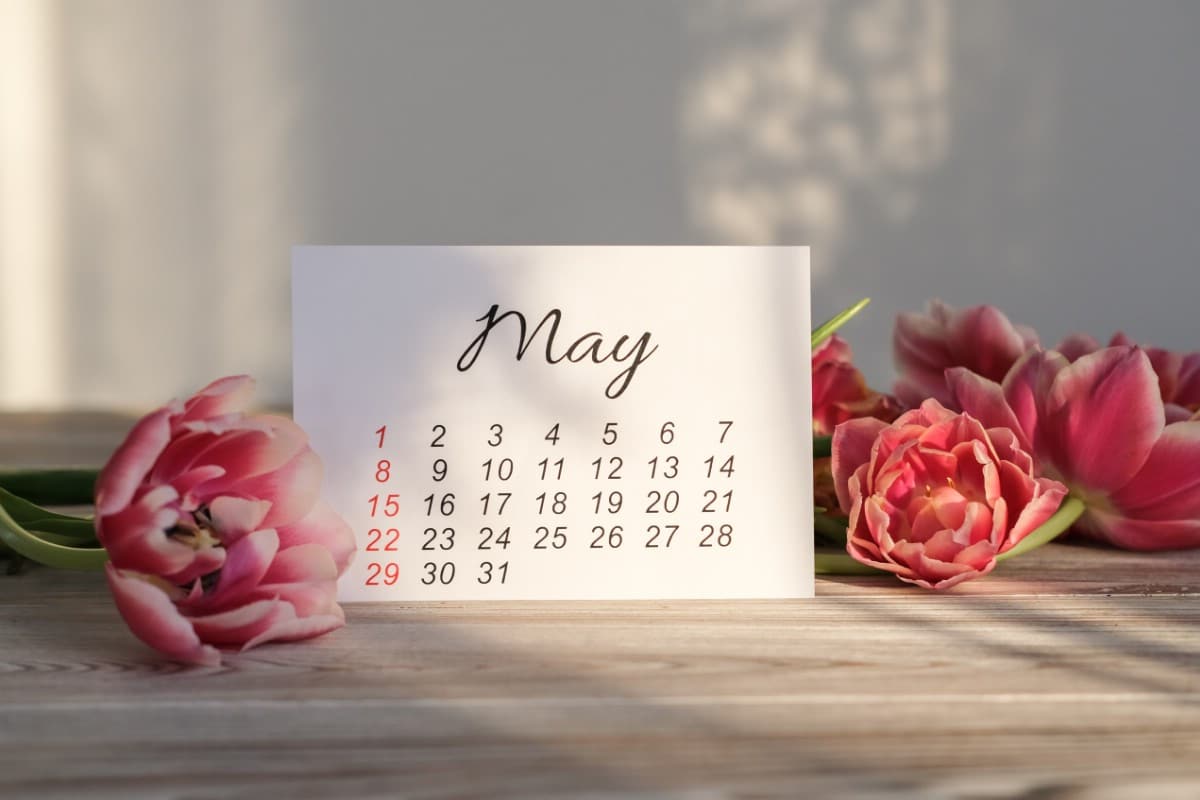
If you’re in a more northern clime, your perennial trees and plants are waking up and you’re just about ready to take off running (or hoeing).
No matter where you are, there aren’t too many places that won’t be getting growing in this month of May.
So, what are us smart gardeners doing in May?
Jump to:
- 10 Smart Gardening Tasks for May
- 1. Finalize planting plans.
- 2. Final preparations on garden beds.
- 3. Harden off seedlings.
- 4. Plan a plant swap.
- 5. Clean and fertilize perennial fruit and vegetable crops.
- 6. Look for early signs of pest and disease.
- 7. Get planting! Cold growers and cole crops.
- 8. Get planting! Tender vegetables.
- 9. Get planting! Tender annuals and flowers.
- 10. Be prepared for freak frosts.
10 Smart Gardening Tasks for May
This month, we’re wrapping up things indoors and starting to move the show outside. Here are some good areas of focus for May.
1. Finalize planting plans.
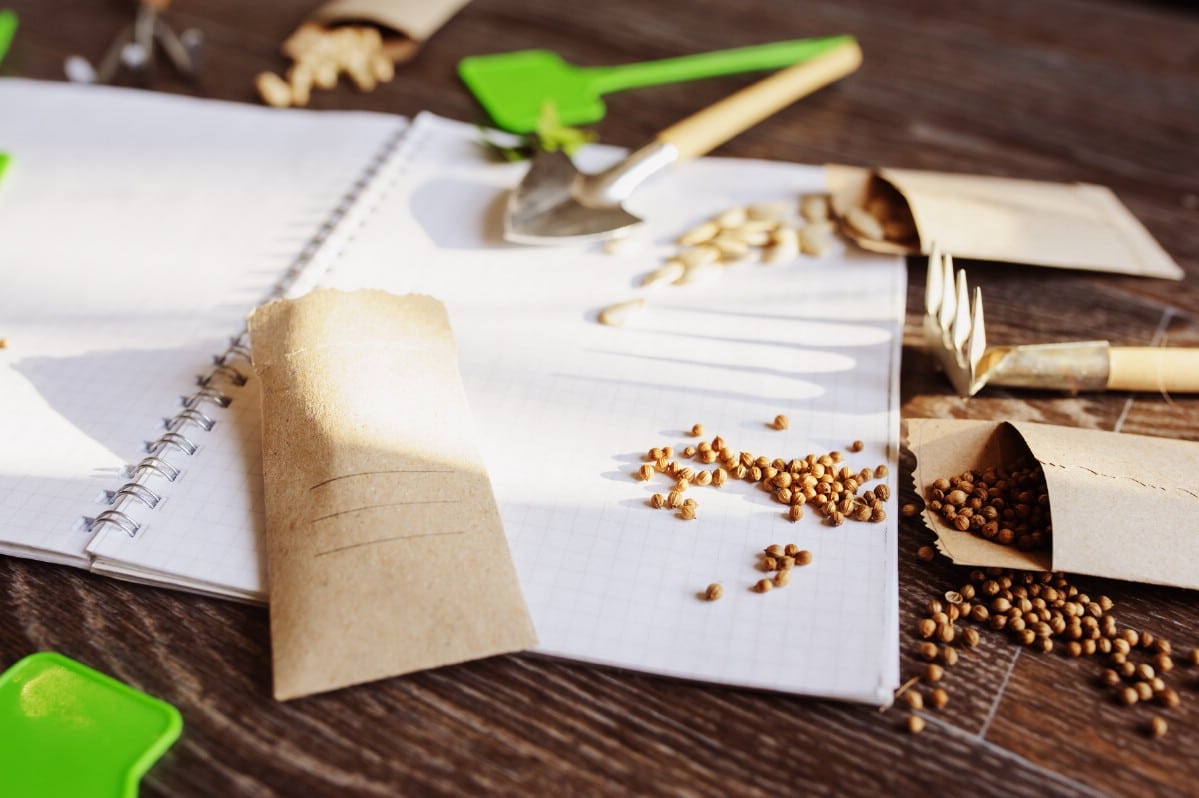
We said it in April (and we might have mentioned it in March ). You’ll do yourself a favor if you approach your planting with a plan. That big, empty garden or bed won’t be quite so overwhelming if you take a little time to plan it out.
Use a good app or go old-school and sketch out your garden to scale. Fill in the rows and spacing (we love old-fashioned graph paper for this). Don't just wing it—know what you can realistically plant and plan the number of plants for each type and variety. Then you won’t overspend on plants and seeds you can’t plant, and you won’t have to wait to plant until the tenderest plants are ready. You’ll be able to plant by layout, so more cold-hardy plants and seeds can be planted earlier.
2. Final preparations on garden beds.
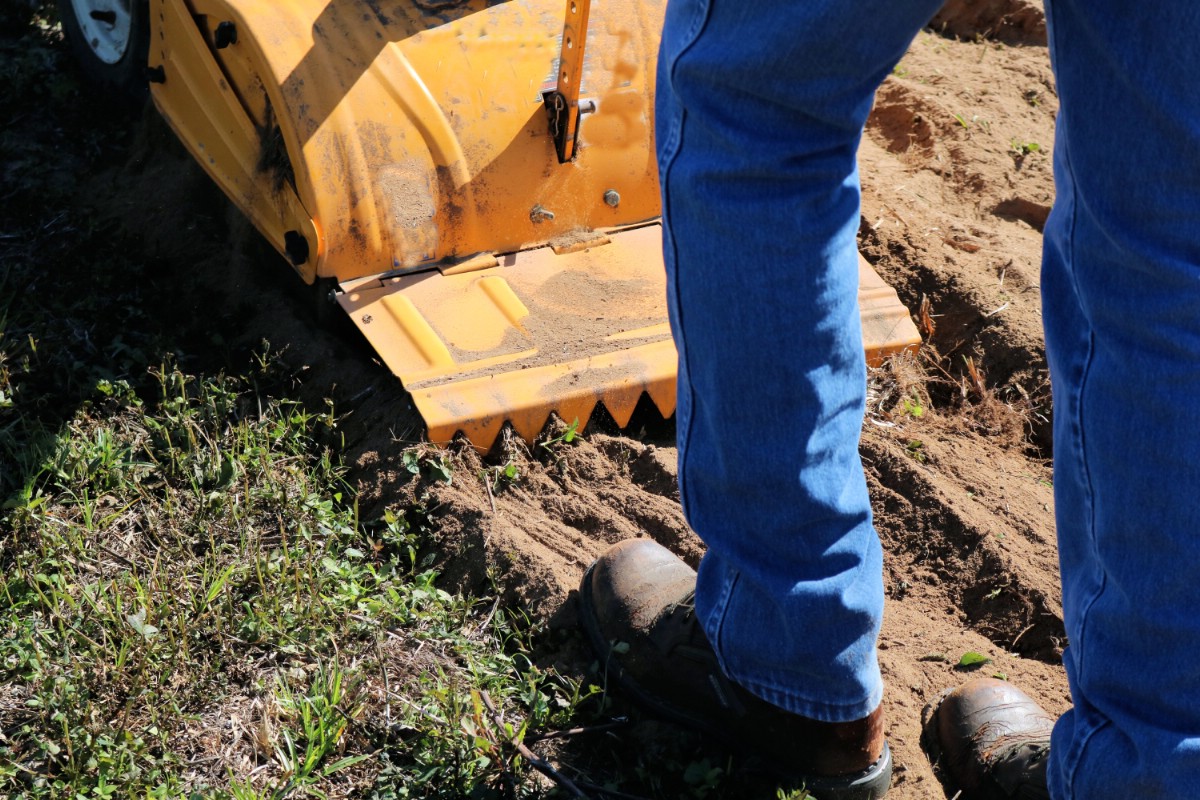
Whatever you have left to do to get your garden beds ready for planting, do it this month.
Clean off the dead stalks and detritus from last year.
If you are a no-till type, add your amendments and/or layers.
If you have amendments or fertilizers to apply, get them on the ground.
If you like to till and fluff up your seed bed, do it this month.
You are either ready to plant or very close to it, so the time has come. Get those garden beds ready!
3. Harden off seedlings.

Hardening off seedlings is a step that should never be skipped. It takes about two weeks to acclimate indoor plants for the outside, so you need to work this into your growing and transplanting schedule.
Even if your vegetable starts and flowers were grown by someone else (such as if you bought them from a greenhouse or local home store), odds are they were housed inside. Even greenhouse-grown plants and vegetables need to be hardened off before you plant them permanently outside. This isn’t always done at large growers (in fact for logistics’ sake, it’s more likely not to be the case).
Assume your plants have not been hardened off, buy them a couple of weeks ahead of time, and do this yourself so that you can be sure they are strong enough to survive. This will get them ready for life outdoors and the variable conditions that they will experience there.
4. Plan a plant swap.
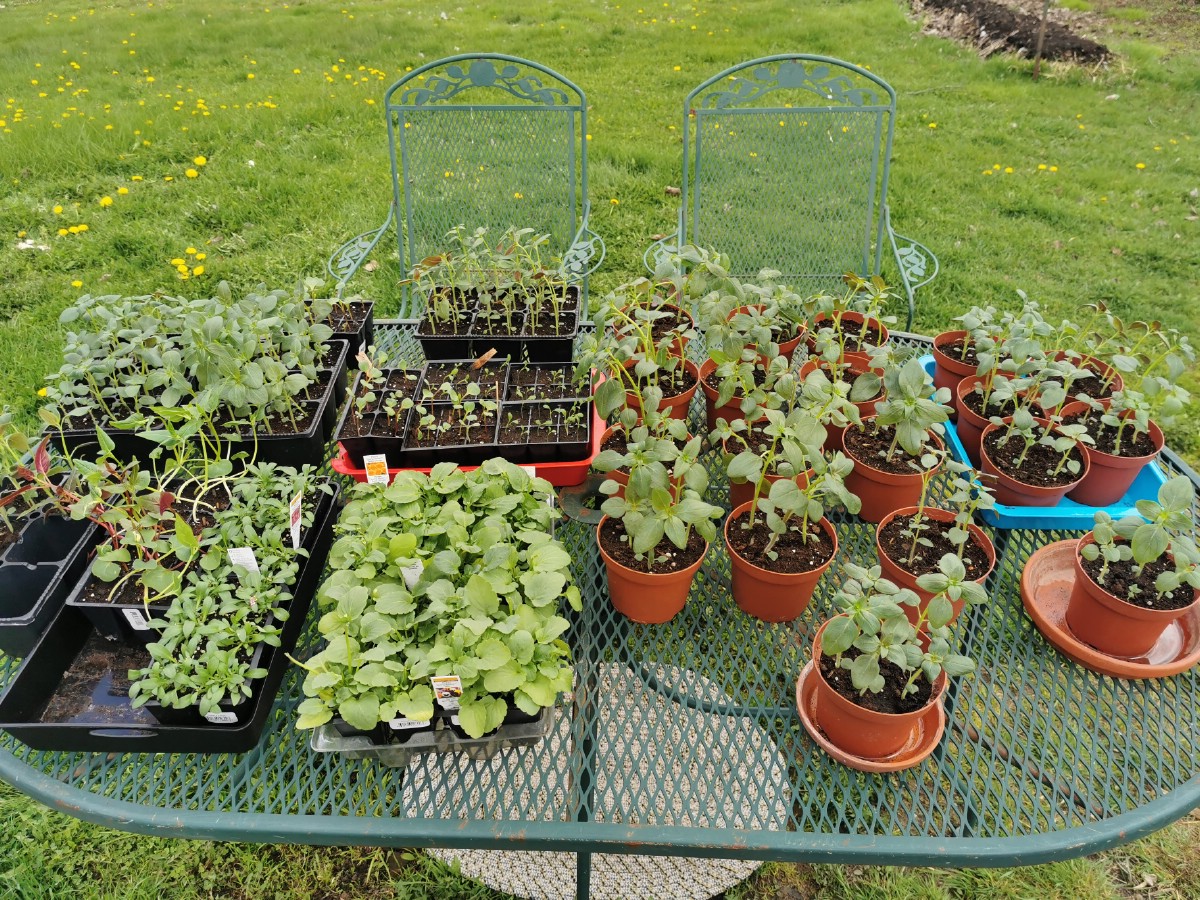
Having extra seeds and plants—especially if you grew your own garden transplants from seed—is pretty common. Why let those good things go to waste? Why not plan a seed and plant swap and trade-off for something you want or need (or think looks like just plain good growing fun)?
The premise of seed and plant swaps is simple. Gather a group of like-minded gardeners. Set a date and a time for people to gather. Maybe enjoy some lemonade and a few refreshments together. Then swap and trade. No money needs to change hands, everyone just shares and fills in the gaps in their plant needs.
5. Clean and fertilize perennial fruit and vegetable crops.
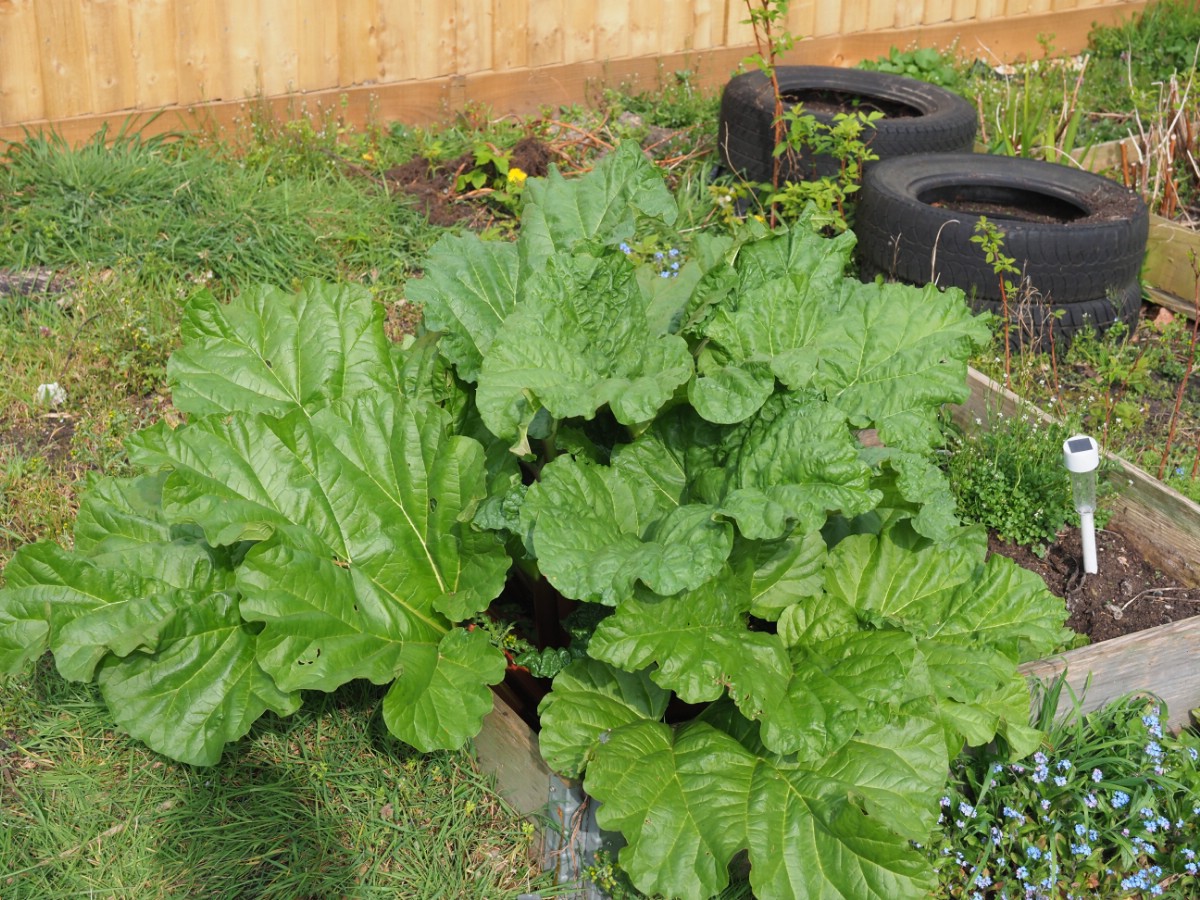
It’s easy to forget about those low-maintenance, low-care crops that come back year after year. Things like asparagus, strawberries, rhubarb, herbs, berry bushes, and fruit trees. It’s important to remember that these heavy-feeders need annual fertilizing and a little cleaning and TLC, too—maybe even more so, since they’re not getting the widespread fertilizing of the main garden.
All of your perennial crops are about to start producing. These are often our first harvests of the year. And that pre-harvest time of growth and production is when their needs for nutrients and minerals are highest. Take a day this May and give these crops some attention, and a good healthy meal to grow on.
6. Look for early signs of pest and disease.

You may have pests that overwintered in or on your trees, bushes, and in the ground. You may have fungal spores and things that hung around through the winter. Once things heat up and humidity from weather and watering levels up, it’s easy for insects, pests, and diseases to quickly get out of hand.
Many diseases and pests go through multiple rounds and generations, building and multiplying from the rounds before them. So, if you can get a handle on these invaders when there is just a little or just a few, you can prevent them from becoming something you have to treat harshly. You can also do preventative treatments before pollinators are back and bees are very active—which means you can target more harmful pests and diseases with less impact on beneficials.
For woody plants (like fruit trees and orchards and berry bushes, it may not be too late to use a dormant oil (this very much depends on where you live). You should at least be able to use one in a lower concentration. There are other preventative options, too, like starting a weekly or biweekly regimen of organic neem oil or using a horticultural oil.
7. Get planting! Cold growers and cole crops.
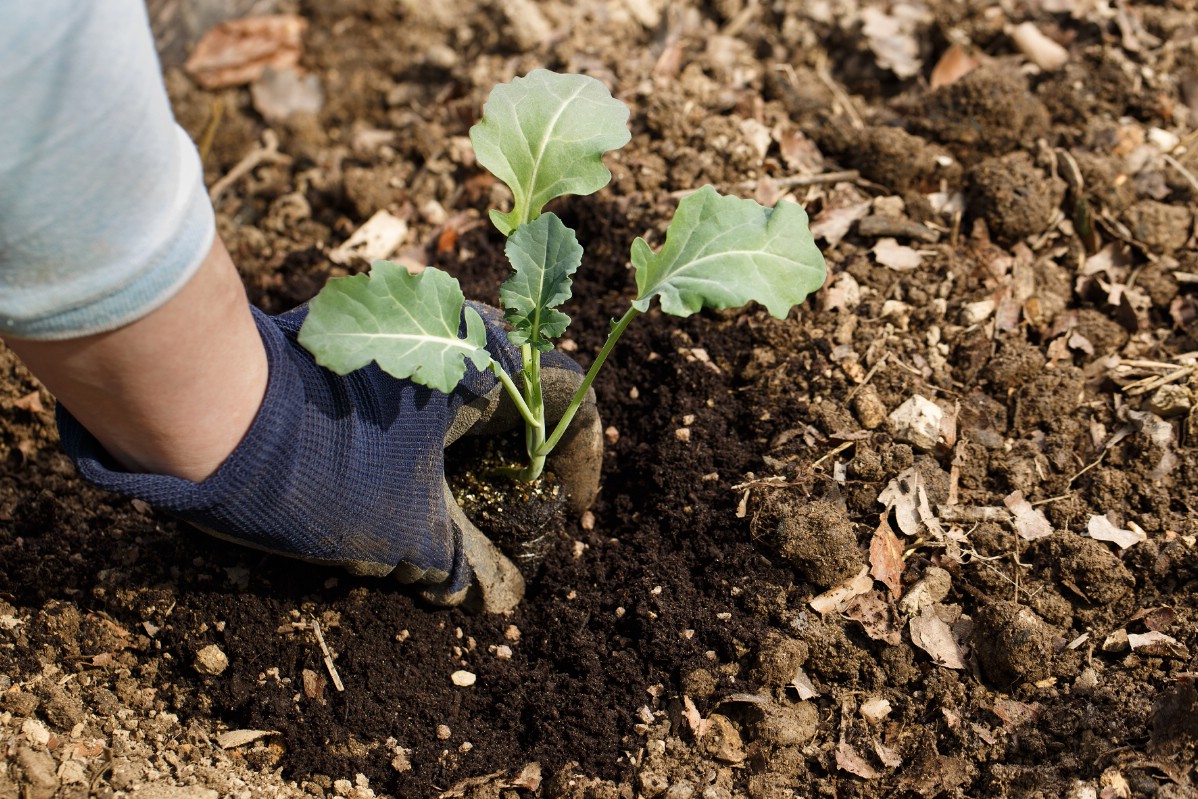
With your garden layout planned, your plants hardened off, and the weather turning nicer, it’s time to start planting.
Planting should start with cold-hardy seeds and vegetables that won’t be killed if you get the odd frost or two.
The first things to plant are peas and spinach. Following that, get in some lettuce and greens, followed up by (or along with) cole crops like broccoli, cauliflower, cabbage, and kale. You can also plant seeds of root vegetables early, such as carrots, beets, onions, shallots, and leeks.
8. Get planting! Tender vegetables.
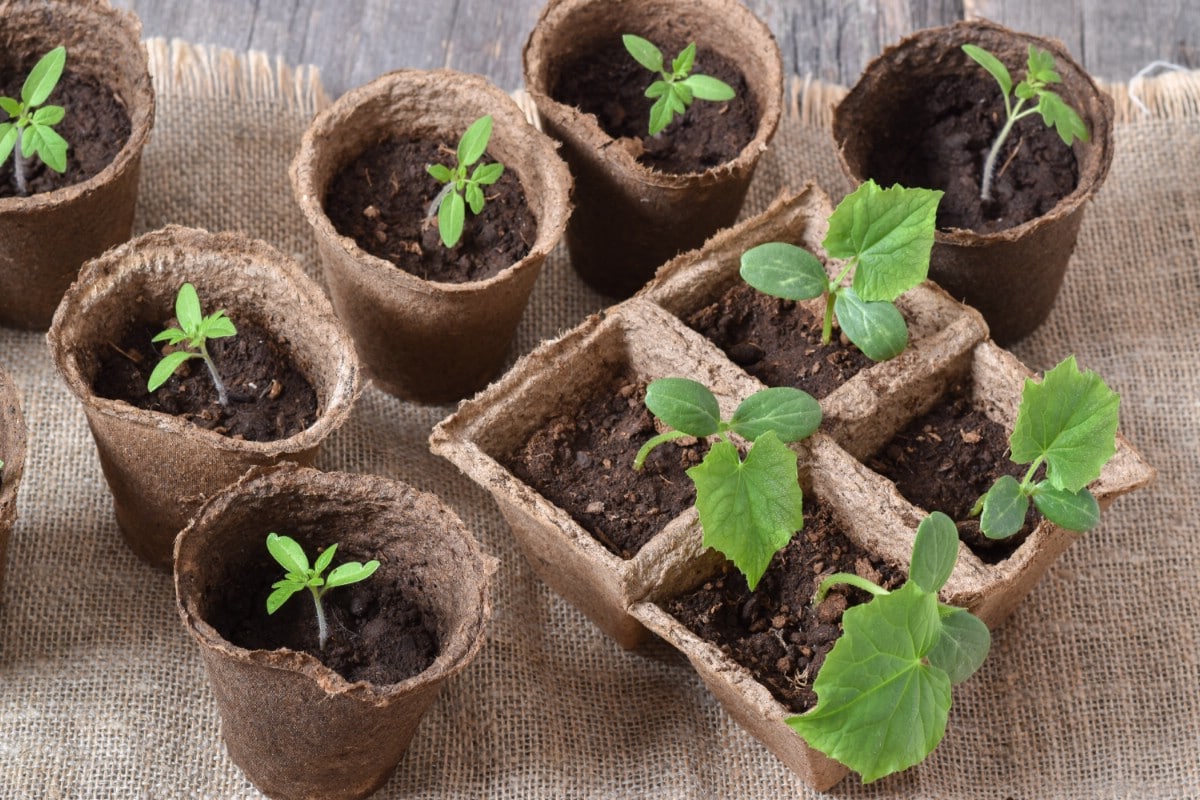
After your last frost date has passed, start planting the tender vegetables that would be killed if they experience a frost. Next up after those cool-weather crops are almost everything else that’s left to plant: tomatoes, peppers, eggplant, beans, corn, cucumbers, squash, pumpkins, and tender herbs like basil.
9. Get planting! Tender annuals and flowers.
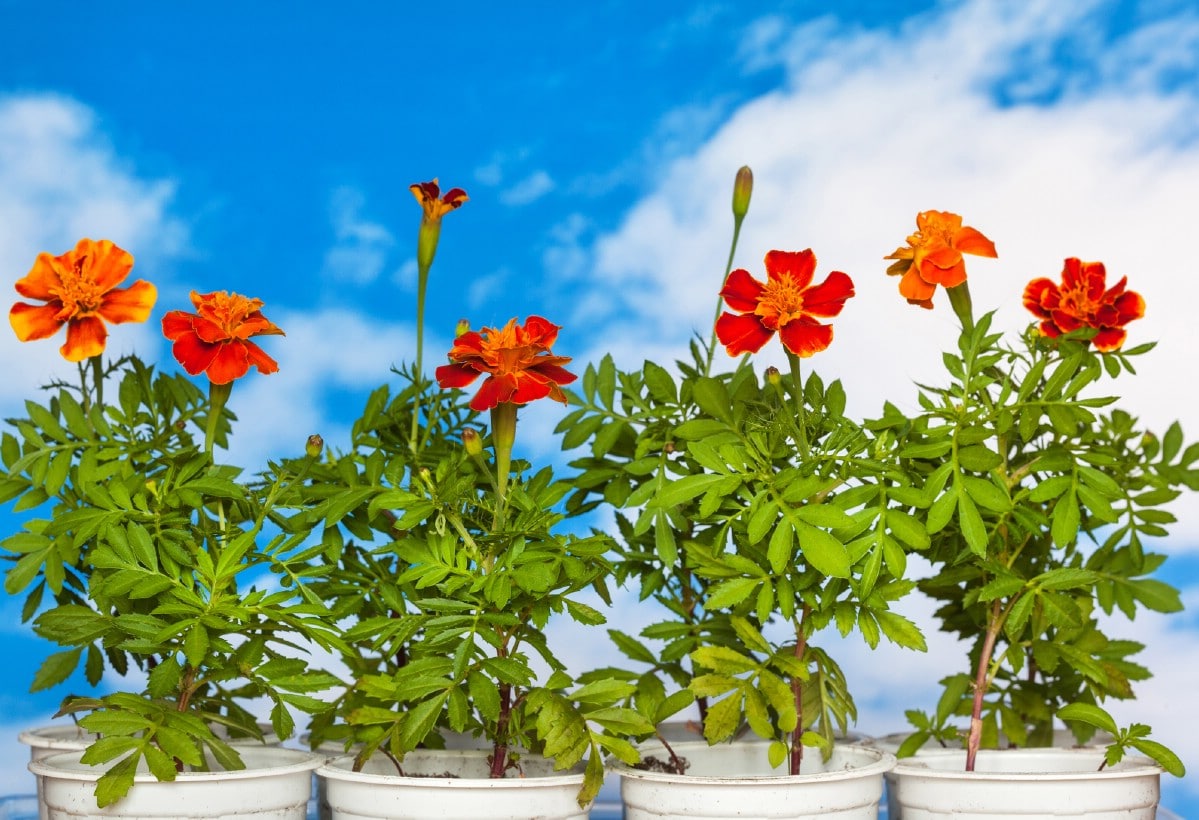
Tender, frost-sensitive vegetables tend to be slightly more hardy than tender flowers and annuals (though neither should be planted when you still expect a frost). And because plants and flowers are more ornamental than sustaining, it makes sense to prioritize vegetables and food plants over flowers and pretty things.
Save the prettiest for last, but once the sustainable food garden is in, treat yourself to some plants and flowers for the sheer enjoyment of them.
Pretty plants aren’t just valuable for their good looks, though—some are edible, and even those that aren’t will invite bees, butterflies, and other pollinators in droves. The more pollinators you have, the better the pollination on your vegetable, fruit, and berry plants will be, and the better your yields in your edible garden.
NB: If your last frost date is later than the end of May, don’t plant tender flowers and tender vegetables this month!
10. Be prepared for freak frosts.
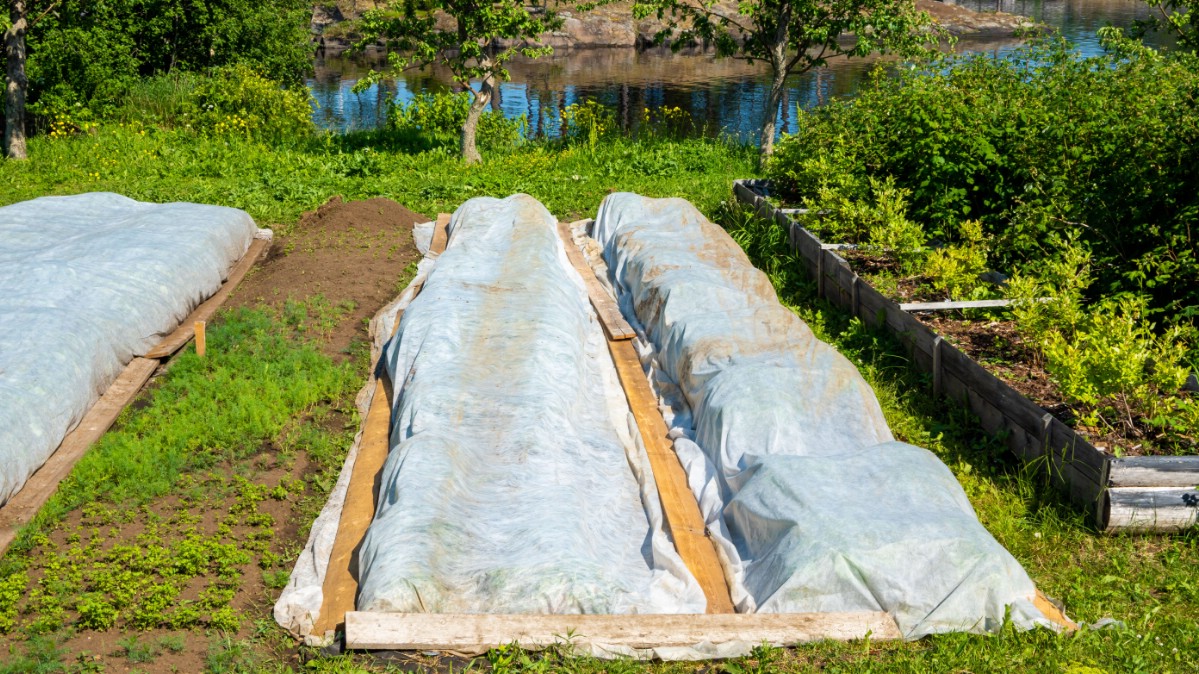
No one wants to admit it, but sometimes the best-laid plans of gardeners—even gardeners who do all their research, plan carefully, and follow all the rules for frost dates and planting times—are thwarted by Mother Nature. Sometimes we are fooled by weeks of stunning weather only to have an unseasonable late frost rear its ugly head.
If this is going to happen, late May or early June is a prime time for it in many areas. So, what’s a smart gardener to do?
Be prepared.
Be prepared to handle a freak late frost. Have a plan. Keep an eye on the forecast. If temperatures are predicted to be within about five degrees of frost potential, take measures.
Keep some large old sheets on hand or buy a roll or two of remay to have on hand. Large plastic sheeting will work, too, though it tends to be colder than fabrics like sheets and row cover cloth.
Collect enough of whatever you plan to use to cover at least your tender vegetables and flowers. Cole crops and cool weather crops will not likely be killed by frost, but it may set them back when they are small. While you’re preparing, it’s not a bad idea to collect enough covers for those plants, too—it certainly can’t hurt, and it can be a help. If you’re running short on materials and a frost warning is looming, though, cover up those most tender vegetables, plants, and flowers first.
By the end of May most of us will be enjoying getting our hands—and our plants—back in the dirt once again. Even if you’re living in the great north, it’s likely you’ll be at least getting some cold-hardy plants in the ground or close to it. Enjoy this month and the promise of this new garden season. To all of you gardeners, we wish you good weather, abundance, and great growing!

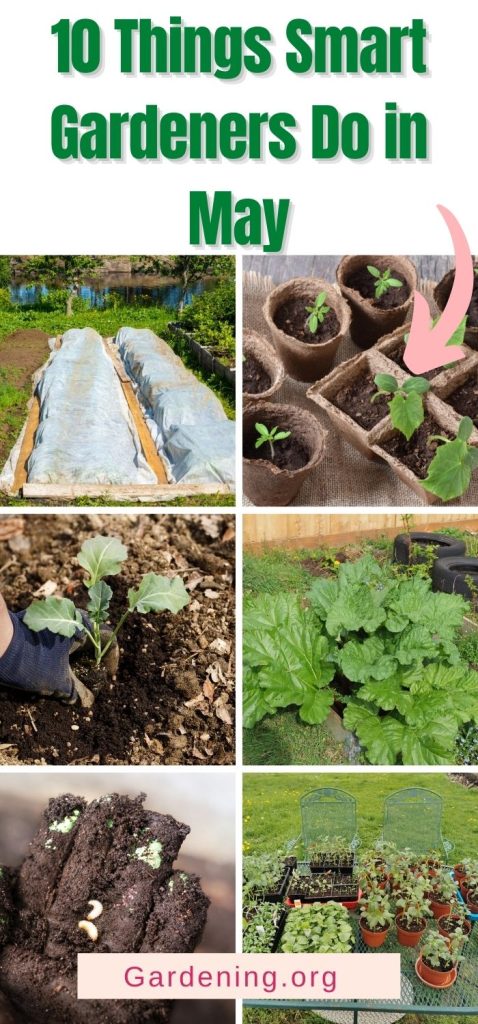

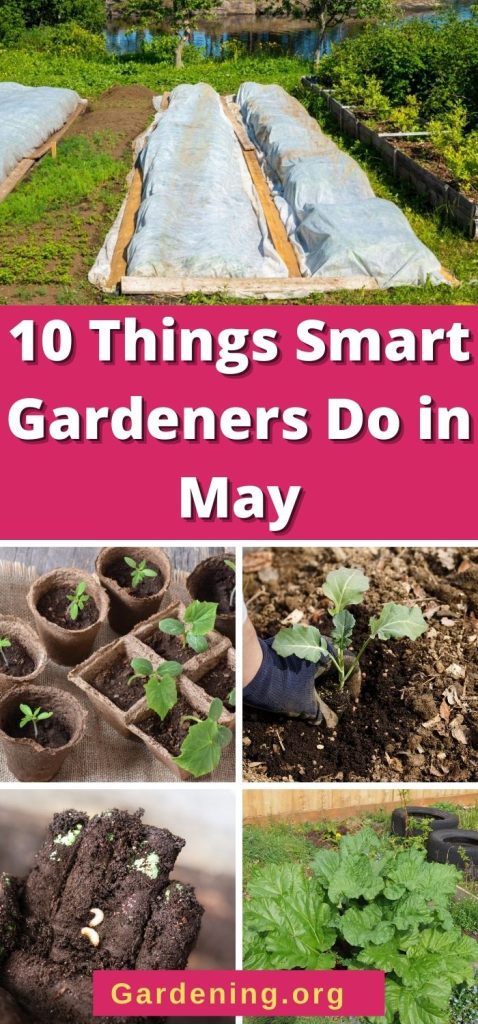
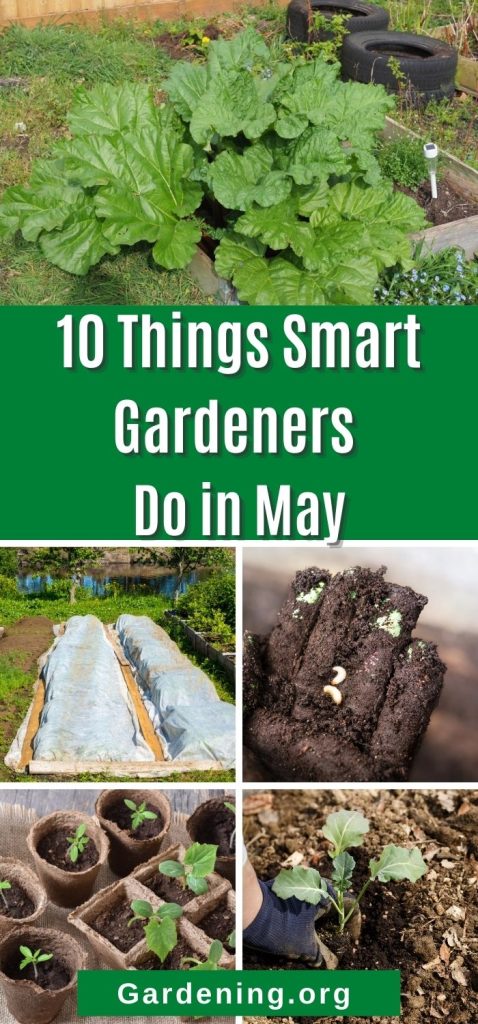




Leave a Reply